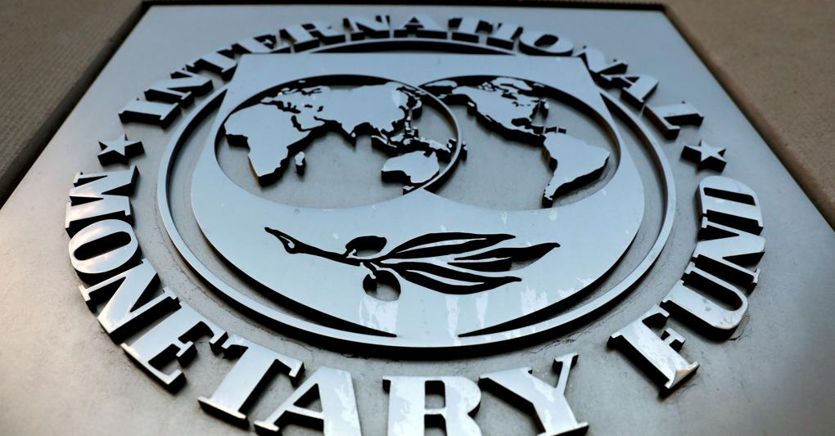“The debt of governments, households and non-financial companies reached 226 trillion dollars in 2020, 27 trillion above the level of 2019: it is by far the largest increase ever recorded”: the figures provided by Vitor Gaspar, director of the IMF’s Tax Affairs Department, are one of many ways of measuring the effects of the Covid-19 crisis and the scars it has left on the world economy.
“The Great Gap”
Those who had the possibility made more debt: advanced economies and China together contributed “by more than 90%” to the record increase, explained Gaspar, in the presentation of the Fiscal Monitor, on 13 October. Emerging and low-income countries account for only 7%.
It is the “Great Financial Gap,” as Gaspar called it. A large part of that debt has been generated by the massive support measures launched in richer countries. The different capacity to react, in health systems, in vaccinations as in economic aid to people and businesses and in credit systems, is now translating into an increasingly uneven recovery: advanced economies will return to the pre-pandemic growth trend already this’ year. For many other nations, it will take years.
The US and EU packages: boost to GDP for 4.6 trillion
The increase in public debt in 2020 “was fully justified by the need to respond to Covid-19 and its economic, social and financial consequences,” says the IMF. Most of the $ 16.9 trillion in measures announced to combat the pandemic will expire this year. However, they will continue to produce positive effects: only the maneuvers implemented by Washington (with the American Families Plan and the American Jobs Plan) and Brussels (with the NextGenerationEu) could add approximately 4,600 billion dollars to global GDP between 2021. and 2026, according to the Fund’s calculations.
Public debt: high and for a long time
After the jump of 2020, the public debt in relation to GDP stabilized in 2021, thanks above all to the economic recovery. However, it will remain at levels higher than those predicted before the pandemic, settling at just under 100 percent.
